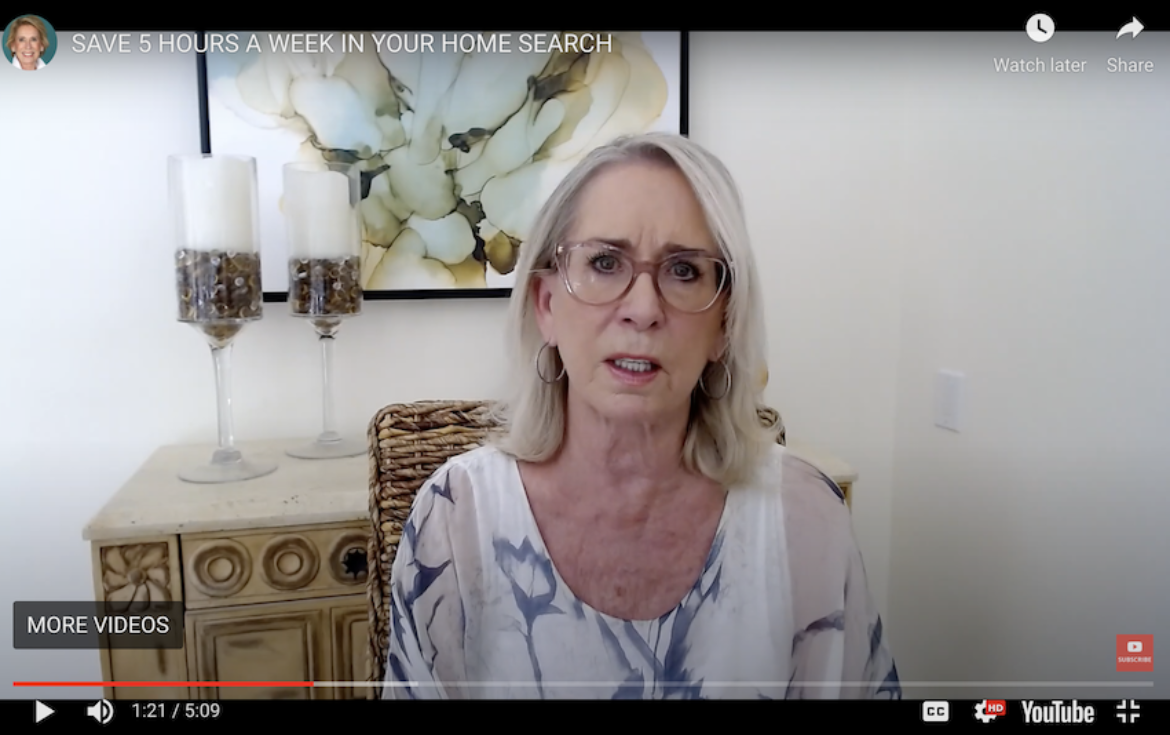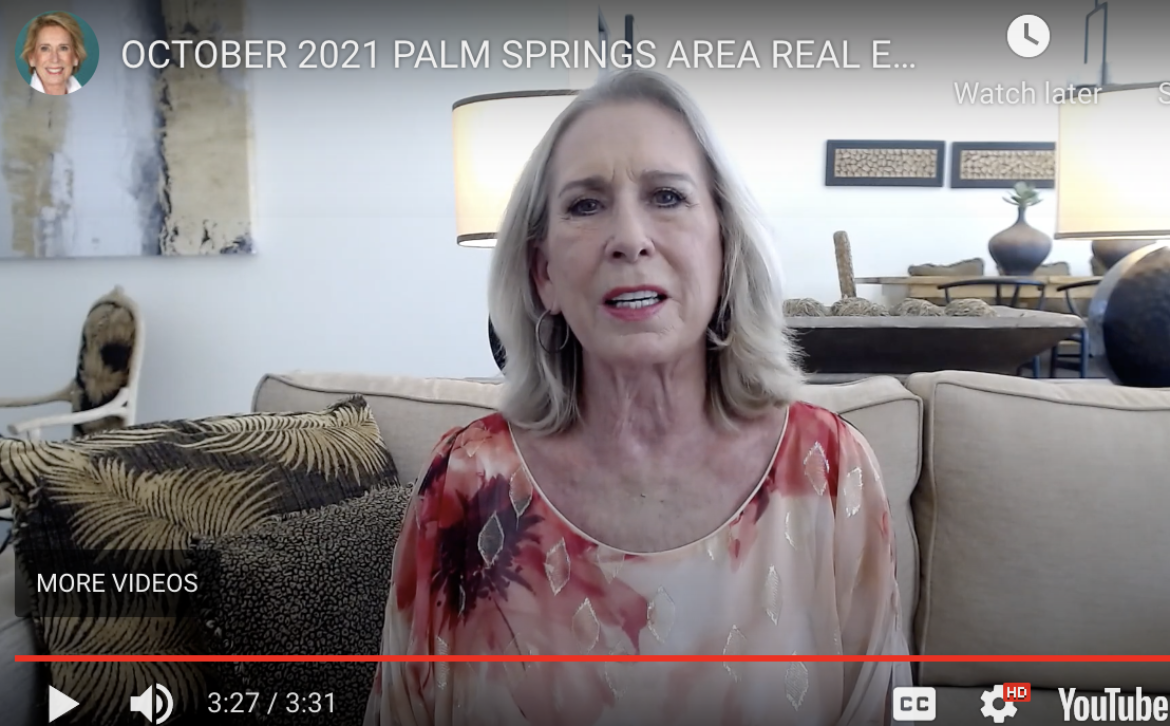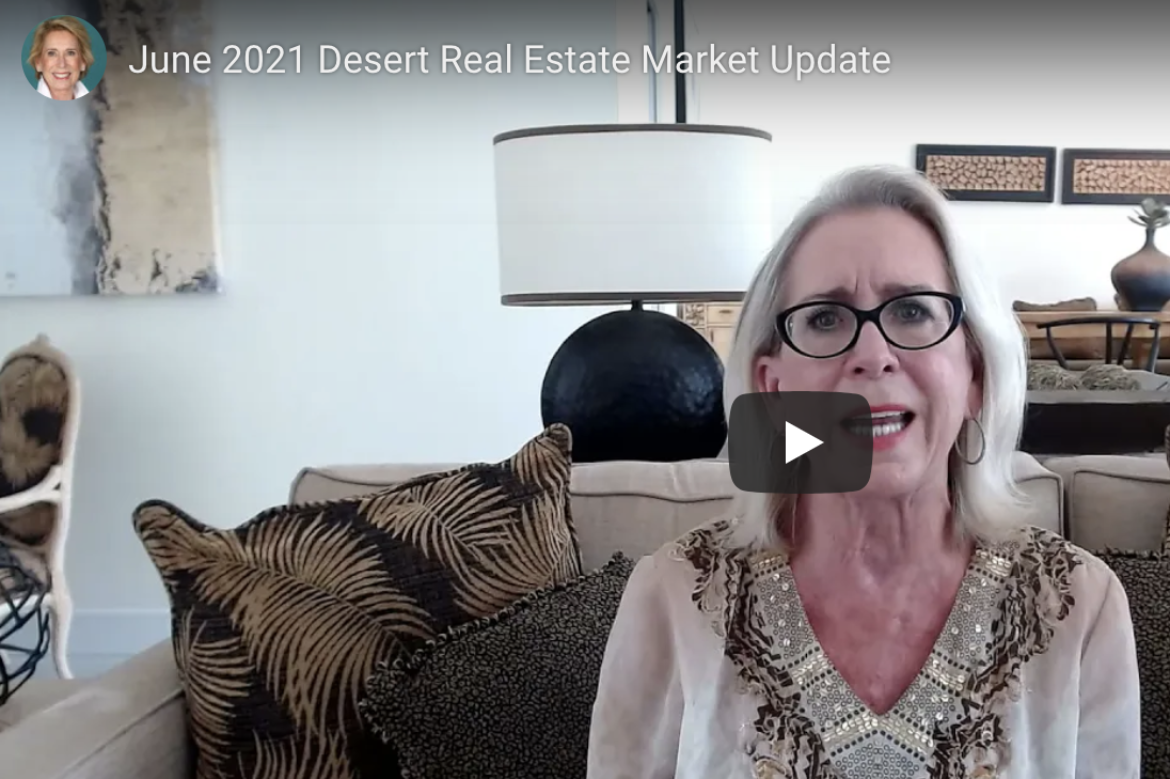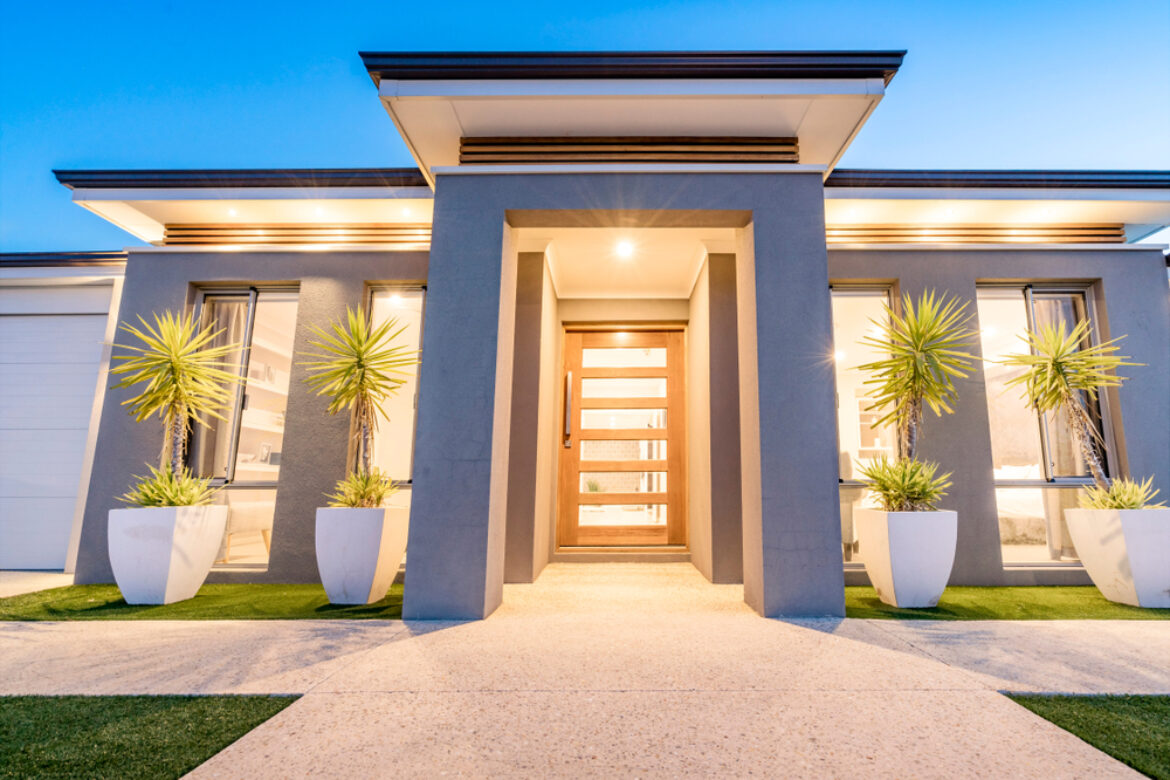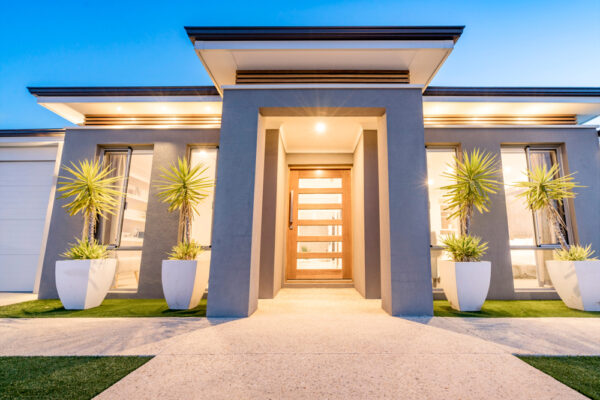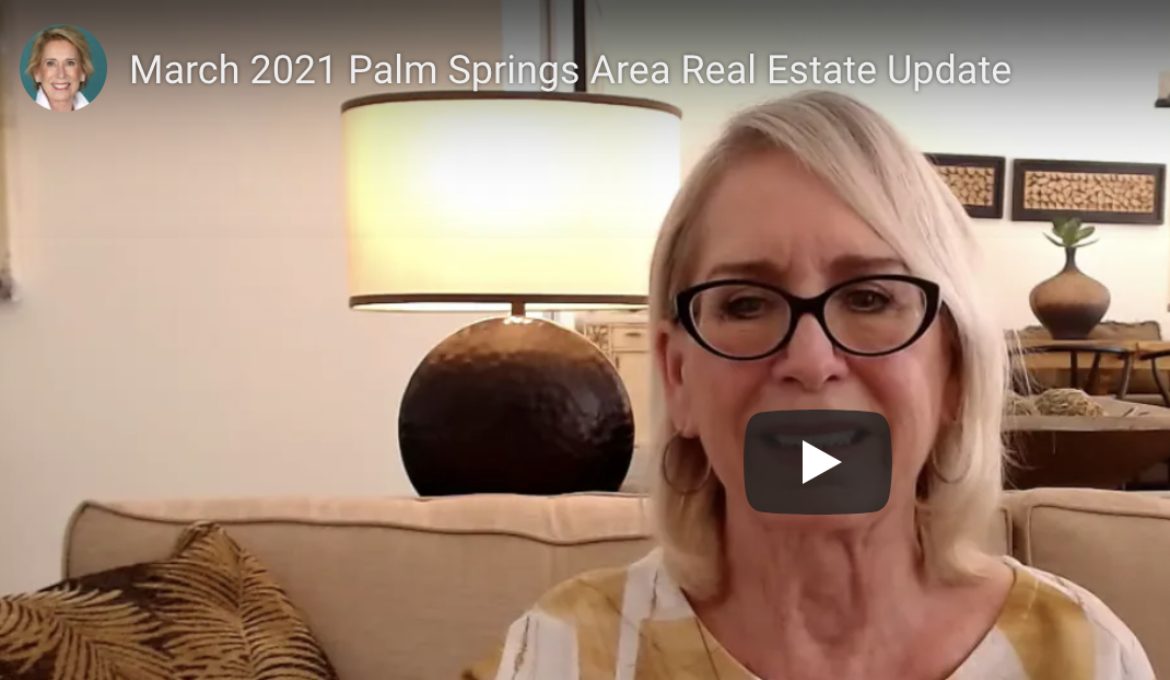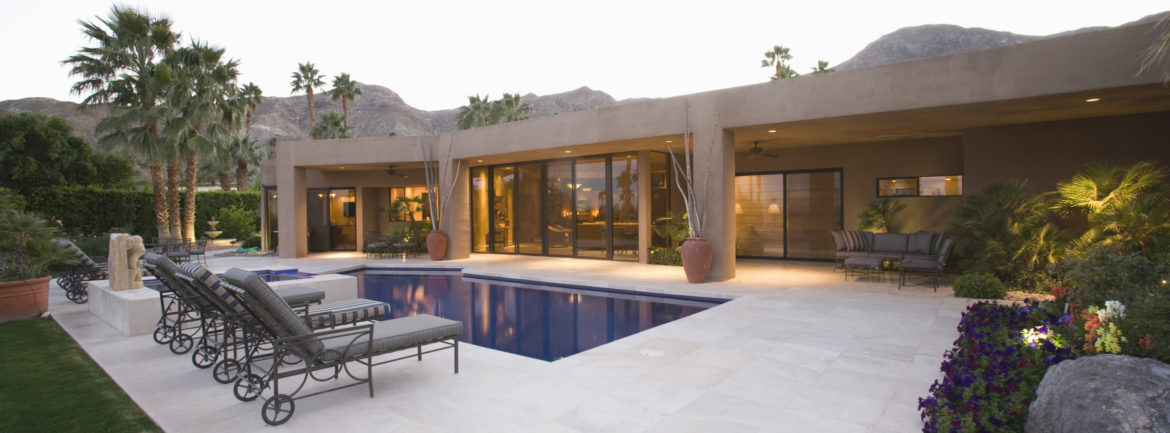The Costs: Before you begin your search for your dream get-away home, talk to your tax professional about how a second home will impact your tax situation. The IRS has different rules for people with second homes and vacation homes (defined as such if you stay there at least two weeks a year), so before you do anything, find out how buying a second home will affect your taxes.
Consider the expenses of buying a second property and the ongoing financial commitments involved in maintaining it, such as property taxes, insurance, utilities, gardeners, pool service, and homeowner association monthly fees (if in a gated community). Condominiums make great second homes because you don’t have to worry about the issues owners of detached homes do, like the exterior and outdoor areas. When looking at condos, research the homeowners’ associations (HOAs). Ask about monthly fees, special assessments and community rules.
If you’re looking for an investment property, a low price is not the only consideration. A turnkey operation is ideal. Look for properties that don’t need extensive repairs or much maintenance and steadily generates a steady positive cash flow. When buying a rental property, budget for added costs, such as marketing the home to potential renters, hiring a property manager and making repairs.
As with any home purchase, you’ll need to factor in closing costs and a down payment, which in the case of a second home or investment property will be sizable. Typically, you’ll need to put down at least 25 percent of the purchase price.
Down the road, if you decide the property isn’t working out for you, how hard will it be to sell it or rent it out? How much will it cost you? Planning ahead and coming up with a plan B will help you deal with potential surprises.
The City: Location, location, location. One of the keys in being successful in investing in a second home is your awareness of the neighborhood you’ve decided to target. Take the extra time to study the demographics of a specific neighborhood before making an investment. Ask your realtor if the community is primarily comprised of baby boomers, families with children, or filled with rental properties. Ask how your targeted area compares with others in that city.
The Knowledge of the Coachella Valley: Many times when people talk about Palm Springs, they’re actually referring to other cities in the Coachella Valley, like Palm Desert, Rancho Mirage, Indian Wells, and La Quinta.
- INDIAN LAND: Land that is laid out by sections in a checkerboard fashion throughout Palm Springs and also parts of Cathedral City and Rancho Mirage. Approximately every other section of this checkerboard is owned by the Agua Caliente Indians. Though fee simple (land you own) is the standard type of ownership in California, there are some benefits to buying a home, condo or lot located on leased land. Be sure to find out if a property you are considering is on leased land and what the terms of that particular lease are.
- HILLSIDE DEVELOPMENT: Hillside development is very limited in the Coachella Valley. Steps are being taken in many of the cities throughout the valley to limit and/or rezone hillside property to restrict residential development. Therefore, when considering the purchase of vacant hillside property, a visit to the Planning Department is suggested. Take along a parcel map of the subject property and a city planner will gladly explain to you any restrictions that may apply. This trend has caused a strong appreciation of developed hillside property over the past years and should continue into the future.
- EARTHQUAKE FAULTS: As throughout the state of California, earthquake faults, including the San Andreas fault, run through the Coachella Valley. Although homes are built to withstand most earthquakes, it is important to know how close a property may be to an active fault. Maps showing earthquake fault lines in the Coachella Valley are made available through the County of Riverside.
- HOMEOWNER’S ASSOCIATIONS: The Coachella Valley has many private country clubs and private developments with homeowner’s associations. Important information regarding each individual association should be made available to you before you purchase any property in which you are required to be a member of a homeowner’s association. Among other things, you should verify monthly and/or annual fees or dues you will be required to pay and whether any assessments are anticipated in the near future. Important documents include CC&Rs (Covenants, Conditions, and Restrictions), By-Laws, and Financial Statements.
- GAMBLING: The Agua Caliente Band of Cahuilla Indians have opened their own casino at the Spa Hotel in downtown Palm Springs. The overall opinion in Palm Springs is that gambling will be good for the city, and most merchants and residents are in favor of gambling. The Agua Caliente Tribe has eventual plans to expand their existing casino at Indian Canyon and Amado streets.
- WIND: Certain areas in the Coachella Valley experience a higher degree of wind than the secluded canyons and other wind sheltered areas. This is not to say that the wind is good or bad, but, if you have a strong opinion one way or the other, you should investigate how the wind affects each area of the valley.
- CONSIDER THE ELEMENTS: Because of our unique desert climate, certain types of construction fare better and are more economical to own than others. Be sure to carefully consider the energy efficiency of any improved property before buying or leasing it. Look for well insulated walls, pitched roofs, and strategically placed landscaping.
- WHAT ARE THE TAXES? State property taxes are limited to an annual assessment of approximately 1.25% of the purchase price. Example: $100,000 home will equal $1,250 per year. In addition, many cities have small local taxes such as the utility tax in Palm Springs. Some areas have assessments for recent street and sewer improvements. Be sure to check it out.
- WHAT ABOUT THE HEAT? It is true that during the summer months the temperature will reach up to and over 100 degrees almost daily. However, most of the time it is a dry heat, and is a very small price to pay for the nine months of ideal weather we do enjoy. Most areas of the country offer only three to six months of quality weather as opposed to our nine months. Imagine laying out by the pool in the middle of January!
Average Daily Minimum-Maximum Temperatures in January, February, March, April, May, June:
41 – 69/45 – 74/48 – 79/ 54 – 87/60 – 94/66 – 103
July, August, September, October, November, December:
74–108, 75–107, 67–102, 59–92, 48–79, 42–70

